WARSAW—The European Union has imposed asset freezes on six Russian firms for their involvement in the construction of a new road-and-rail bridge linking Russia to the annexed Crimean Peninsula, which the bloc says is illegal.
Russia seized Crimea from Ukraine in 2014 after Ukraine’s pro-Russian president was toppled in an uprising. The West condemned the seizure as an illegal annexation and retaliated against Moscow with sanctions.
After the annexation, the Kremlin ordered the building of a $3.6 billion bridge to link the peninsula to Russia.
The bridge, part of which was unveiled by Russian President Vladimir Putin in May, has drawn strong rebuke from the EU, which calls it a further violation of Ukraine’s sovereignty.
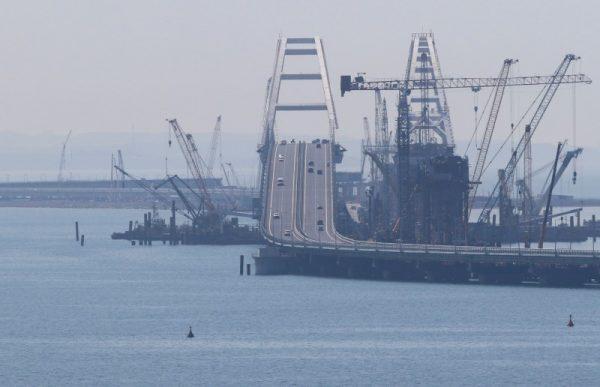
The companies include three firms—PJSC Mostotrest, SGM and Stroygazmontazh Most OOO—controlled by billionaire Arkady Rotenberg, President Vladimir Putin’s former Judo sparring partner. Construction firm CJSC VAD, engineering firm GPSM and the Zaliv Shipyard were also named.
“Through their actions they supported the consolidation of Russia’s control over the illegally annexed Crimean Peninsula, which in turn further undermines the territorial integrity, sovereignty and independence of Ukraine,” the council said.
Ukraine’s Foreign Minister Pavlo Klimkin said he welcomed the additional sanctions.
“Important warning also for European businesses not to go down same slippery slope,” Klimkin wrote on Twitter.
Russia criticized the sanctions, saying they targeted people living on the peninsula. “This is a policy of undermining, directed against Crimea’s residents,” Russian Foreign Ministry spokeswoman Maria Zakharova was quoted as saying by TASS news agency.
Rotenberg brushed aside the sanctions in a social media post, saying work was underway to complete the railway section of the bridge.
“We’re all proud of our work and if someone doesn’t like it that’s not our problem,” a spokesman for Rotenberg quoted him as saying.
The construction of the 19-kilometer (11.8-mile) Kerch Strait Bridge began in 2016, with the railway section expected to open in early 2019.
Much media fanfare accompanied the May 15 inauguration of the road portion, with Putin himself getting behind the wheel of a Russian-made Kamaz truck to lead the symbolic first charge of vehicles across the bridge.
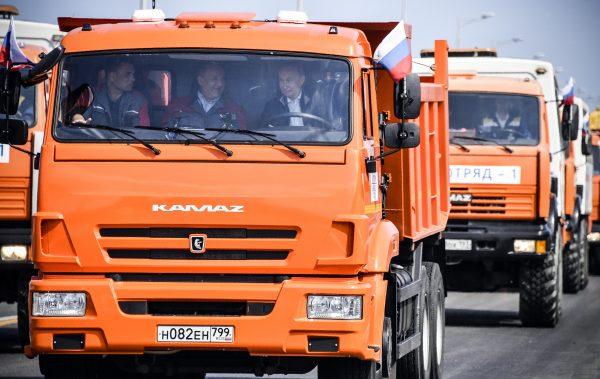
Since their imposition in 2014, the sanctions have been periodically reviewed and extended, most recently in July following the update from French President Macron and German Chancellor Merkel to the European Council on the status of the implementation of the Minsk Agreements.
Minsk II offers a detailed 13-point plan for resolving the conflict, with a ceasefire monitored by the Organization for Security and Co-operation in Europe (OSCE) as a key first step.
In a recent news alert, the OSCE’s Special Monitoring Mission in Ukraine “reported 1,200 ceasefire violations last week, as fighting between the Ukrainian armed forces and separatists in the east continues.”
While the worst of the violence has abated after Minsk II, there is no guarantee preventing another outbreak of war.
Some experts suggest the conflict has some markings of a proxy war between the NATO-allied West and Russia, fought on Ukrainian territory.
“And the fact that the West hasn’t embraced it publicly definitely raises questions about what its long-term future is. But if you are looking at this from Moscow’s perspective, NATO has arrived, the cavalry is here to help their ally to fight a war against us.”
The plan, authored by Richard Gowan, formerly of the United Nations Department of Political Affairs, calls for a UN-led peacekeeping force comprised in sufficient measure of non-NATO country forces—so as not seem threatening to Russia—and assume control of security and elections in eastern Ukraine.
Its backers argue the plan is the best hope for lasting peace as it would likely satisfy the Kremlin that pro-Russian rebels would be shielded from Kyiv’s reprisals, and cultural and economic ties to Russia would be maintained.
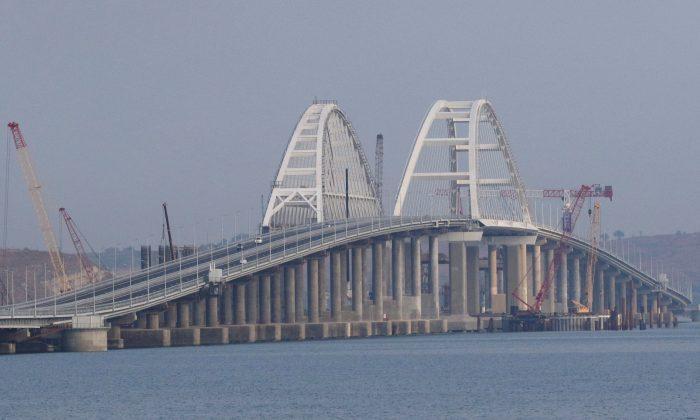

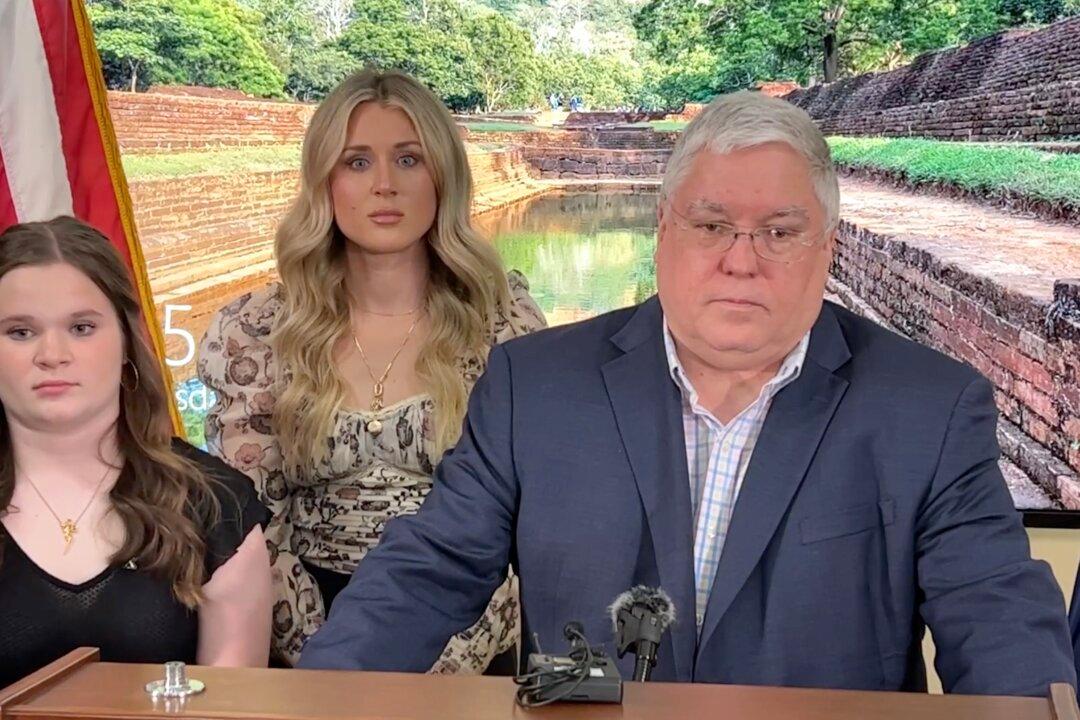
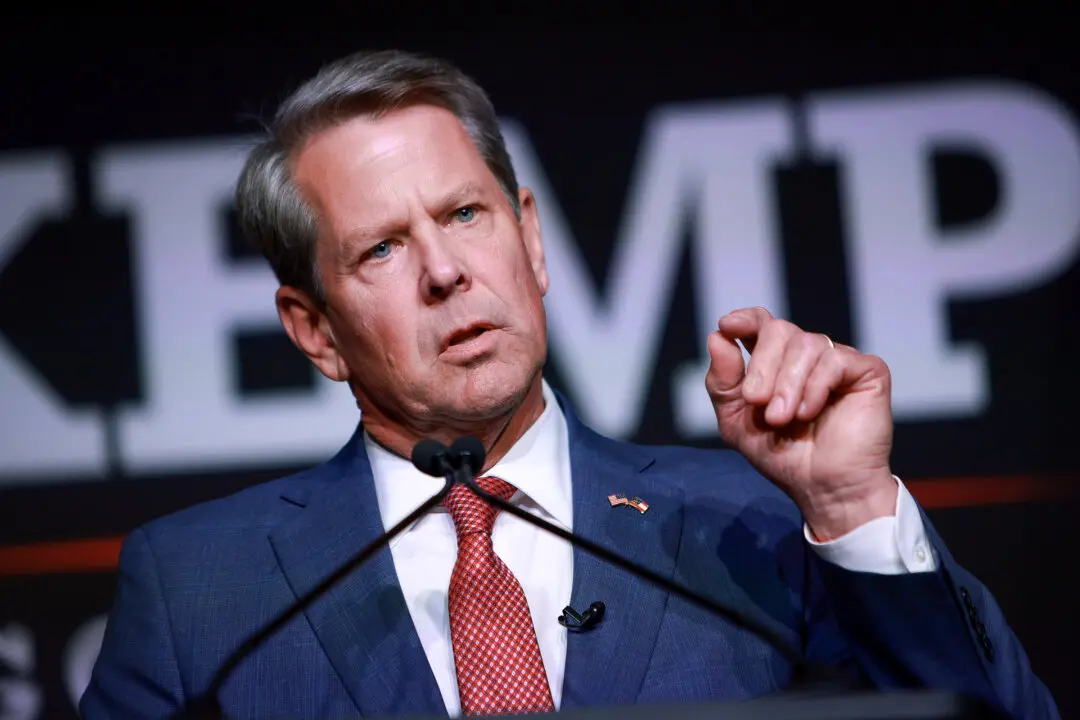
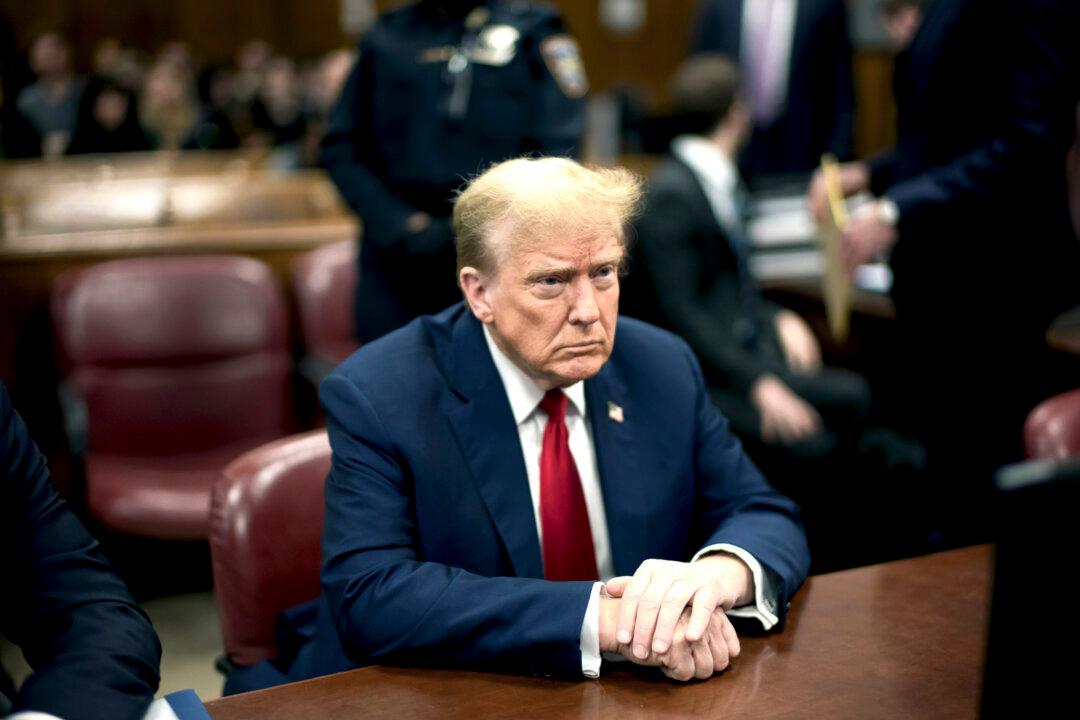
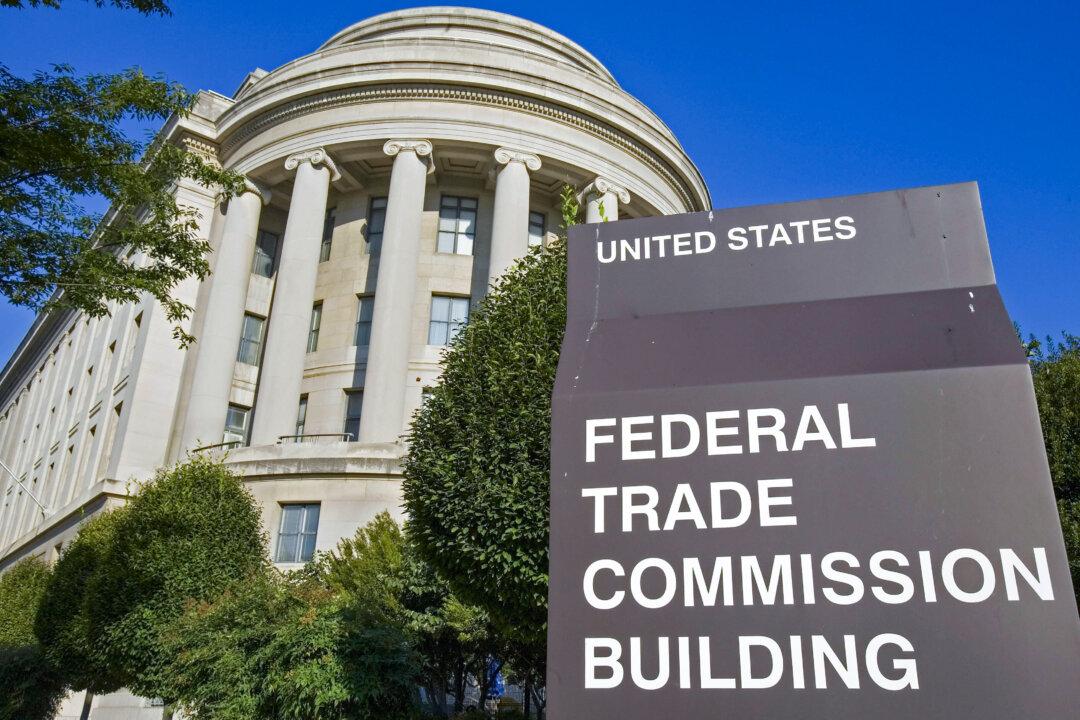
Friends Read Free